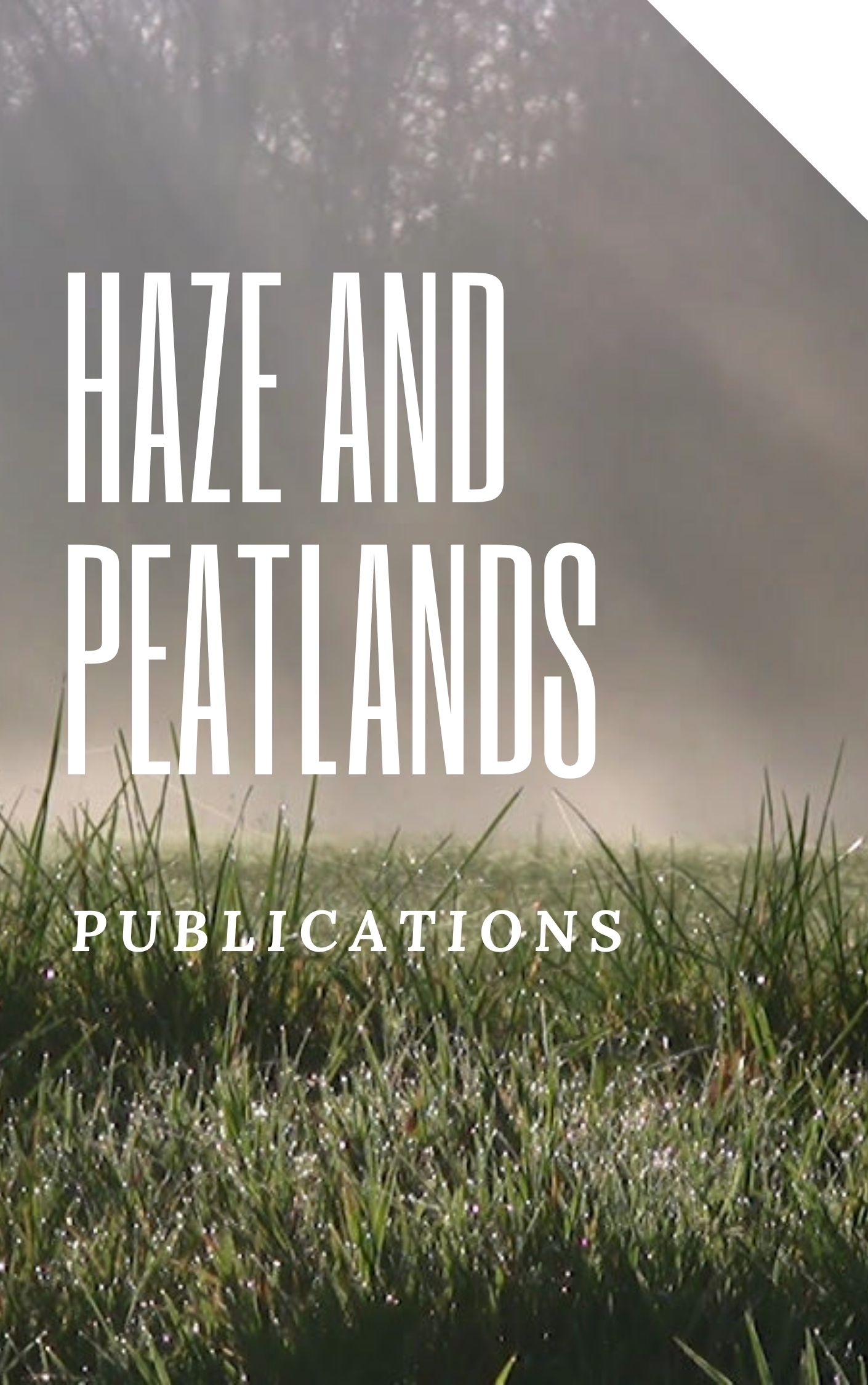Forest and land fire disasters globally has characteristics of landscape heterogeneity. In sustainable spatial planning requires typological information on spatial characteristics. So, it need to be known characteristics and group of forest and land fire disasters in Indonesia. This study objectives to build the typology of spatial characteristics of the forest and land fires vulnerability. The method was carried out using cluster analysis with Standarized Euclidean Distance. The result shown that the socio-economic growth factor with variables i.e. population, GDP per capita, increase the agriculture area expansion rate, deforestation rate, and length of road related to forest and land fires occurrences, with 2 typologies. Typology 1 was areas with high socio-economic growth along with high fire occurrences, and typology 2 was areas with the opposite conditions. Disaster management was suggested considering the basic characteristics of typology to determine land use zoning that based on these data variables. © 2019 IOP Publishing Ltd. All rights reserved.
View source

